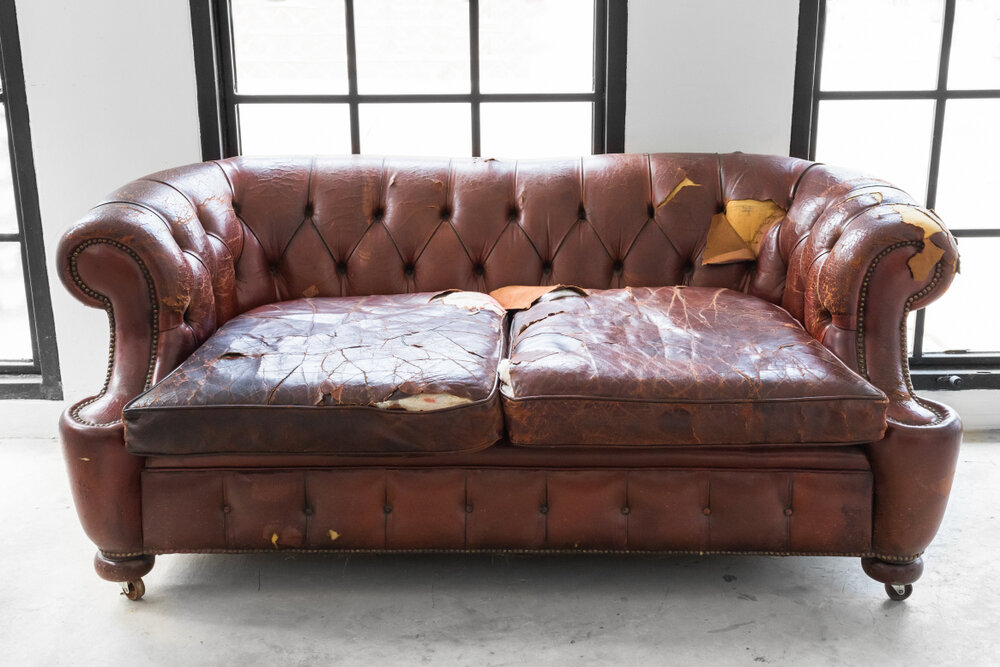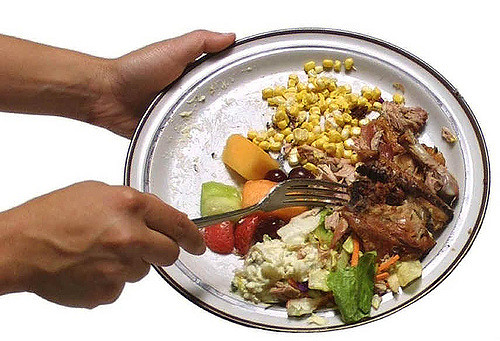How to take apart a Sofa for Moving, Disposal, or Recycling
Whether you’re moving to a new home, freshening up your living space, or downsizing, disassembling your sofa can be a daunting task. But fear not! RidofitVancouver is here to guide you through the process, ensuring a smooth and efficient experience—no matter your reason for taking apart your sofa.
This comprehensive guide will equip you with the knowledge and steps to disassemble your sofa for moving, disposal, or recycling. We’ll cover everything from gathering the right tools to separating the frame and cushions, all while keeping safety.
Why Disassemble Your Sofa?
There are several reasons why disassembling your sofa might be the best course of action:
- Easier Moving: A disassembled sofa is significantly lighter and more manageable to navigate through doorways, hallways, and tight corners. This not only protects your walls and furniture from potential damage but also makes the moving process less physically demanding.
- Efficient Disposal: Disassembled furniture takes up less space in landfills or disposal bins. This can be crucial if your local waste collection service has size restrictions or if you’re aiming for a more eco-friendly disposal method.
- Responsible Recycling: Many sofa components, like metal frames and springs, can be recycled. Disassembling your sofa allows you to separate these recyclable materials from non-recyclable ones, ensuring proper waste management.
Gather Your Tools
Before diving into disassembly, ensure you have the necessary tools on hand. Here’s a basic checklist:
- Screwdrivers: A Phillips head screwdriver and a flathead screwdriver will likely cover most screws you encounter.
- Allen Wrenches: Some sofas utilize Allen screws for specific connections. Having a set of Allen wrenches readily available is a good idea.
- Socket Wrench Set: If your sofa has bolted connections, a socket wrench set with various sizes will come in handy.
- Heavy-Duty Scissors or Utility Knife: These can be helpful for cutting upholstery fabric (especially for disposal purposes).
- Work Gloves: Protect your hands from splinters, staples, and sharp edges by wearing work gloves.
- Hammer (Optional): A rubber mallet can be helpful for gently loosening tight connections.
- Camera or Zip-Lock Bags (Optional): Taking pictures of the disassembly process, particularly hidden fastener locations, can significantly aid reassembly. Alternatively, you can label and store screws and bolts in separate zip-lock bags for each stage of disassembly.
Pro Tip: RidofitVancouver offers eco-friendly furniture removal services. If disassembly seems overwhelming, we can handle the entire process for you, ensuring responsible disposal or recycling.
Clear Your Workspace
Create a dedicated workspace for disassembly. Ideally, choose a well-lit area with ample floor space to spread out the disassembled sofa components. Consider laying down a tarp or protective sheet to catch any falling debris or protect your flooring.
Disassembly Steps:
- Remove the Cushions: Start by removing all the cushions, including back cushions, seat cushions, and any throw pillows. This will provide better access to the sofa’s frame connections.
- Locate and Remove Fasteners: Most sofas are held together with screws, bolts, or staples. Carefully inspect the underside, back, and sides of the sofa to identify these fasteners. Look for hidden compartments or seams where fasteners might be concealed.
- Unscrew or Unbolt Connections: Use the appropriate screwdriver, wrench, or Allen wrench to remove the fasteners you’ve identified. Work systematically, removing fasteners one by one and placing them in a designated container to avoid losing them.
- Check for Hidden Fasteners: Some sofas might have additional hidden fasteners, especially around the arms or backrests. These might be tucked away under fabric or tucked into corners. Examine these areas carefully before attempting to separate any components.
- Disassemble the Frame and Arms: Once you’ve removed all the exposed fasteners, it’s time to separate the major components. The arms are typically the first to go. Depending on the design, they might be attached to the frame with screws or bolts, or they might be secured using brackets and additional fasteners. Detach the arms carefully, following the specific construction of your sofa.
- Separate the Backrest: The backrest might be a separate piece from the main frame or it might be permanently attached. If it’s detachable, locate the connecting fasteners and remove them to separate the backrest from the frame.
- Upholstery Removal (Optional): If you’re disposing of the sofa or if reassembly isn’t a concern, you can remove the upholstery fabric. Use heavy-duty scissors or a utility knife to carefully cut the fabric at the seams.
Disassembly Considerations: Recycling vs. Disposal
When disassembling your sofa, the intended fate of the components plays a role in how you approach certain steps:
- Disposal: If you’re throwing the sofa away, you can be less meticulous about disassembly. Removing the main components (frame, arms, backrest) for easier transport is sufficient. You can then cut away the upholstery with minimal concern for preserving the fabric.
- Recycling: For responsible recycling, a more detailed breakdown might be necessary. Separate metal components (frame, springs) from wooden components and fabric. Some recycling facilities might have specific guidelines for upholstery material acceptance. Check with your local recycling center for their requirements.
Eco-Friendly Disposal and Recycling Options with RidofitVancouver
Disassembling your sofa can be a time-consuming process. If you’d prefer a stress-free solution, RidofitVancouver offers eco-friendly furniture removal services. Our experienced team will carefully disassemble your sofa, ensuring responsible disposal or recycling of all components.
We prioritize responsible waste management and partner with local recycling facilities whenever possible. Contact RidofitVancouver today for a free quote and let us handle the disassembly and disposal of your unwanted sofa.
Additional Considerations:
- Spring Release Mechanism: Some sofas, particularly sleeper sofas, might have a spring release mechanism. If you’re unsure how to operate it safely, consult your sofa’s manual or seek assistance from a professional.
- Power Recliners: Disassembling a power recliner requires additional steps to disconnect the electrical components safely. If you’re unsure about this process, it’s best to leave it to a professional.
By following these steps and considering the additional tips, you can successfully disassemble your sofa for moving, disposal, or recycling. Remember, RidofitVancouver is always here to assist you with eco-friendly furniture removal if you prefer a professional touch.


